New secrets of the national treasure made of gold.
At the workshop "New Archaeological Discoveries on Champa Relics" organized by the Institute of Archaeology on October 25th, Associate Professor Dr. Ngo Van Doanh (former Editor-in-Chief of the Journal of Southeast Asian Studies ) announced his research on the golden linga and Po Dam Tower (Tuy Phong, formerly Binh Thuan , now part of Lam Dong). According to Associate Professor Dr. Doanh, this golden Po Dam linga was recognized as a national treasure in 2024 and holds significant research value.
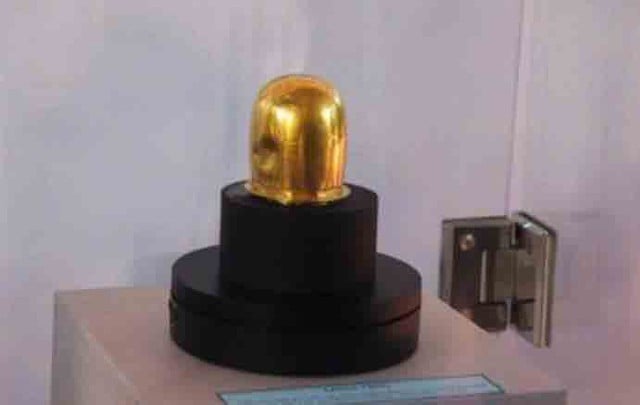
A rare Linga was found in Po Dam.
PHOTO: QUE HA
Specifically, Professor Doanh noted that during the Hoan Vuong period (757-859), there was a tradition of making kosa (ceremonial effigies) from precious metals to offer to the Sivalingas worshipped in the temples. "The reason I mention a tradition rather than a single event is because the Champa kings making and offering kosa to the temples dedicated to the god Siva has been mentioned quite a lot in the inscriptions," Associate Professor Ngo Van Doanh analyzed.
This is also recorded on a stone stele discovered in 2006 at the Hoa Lai temple complex. Later, in 2011, in the Asian Journal published in Paris, France, researchers Arlo Griffiths and William Southworth published an article with the first annotations and research on this stele. The stele contains additional details about the late 8th and early 9th centuries of the Champa kingdom. One of the contents is: "In the main shrine of Sri Svayamutpannesvara, King Sri Satyavarman established a sala... In addition, in the shrine of Sri Sankarsanadeva, a sala was also established… The king also gave Sri Vrddhesvara a kosa (a silver linga box) with a golden face."
Associate Professor Ngo Van Doanh assessed the Po Dam golden linga as a plain linga pouch without the face of the god Shiva. The Po Dam golden linga pouch was made in the style of a linga with only a slightly convex rounded end, typical of the Hoa Lai style of the 8th-9th centuries. Finally, he concluded: "The Po Dam artifact is the earliest known and rarest golden kosa of Champa."
Stone tablets tell stories.
Another study published at the aforementioned conference was a study on ancient inscriptions conducted by M.Sc. Dong Thanh Danh (Khanh Hoa Provincial Center for Cultural Heritage Conservation) and Dr. Do Truong Giang (Institute of Archaeology). According to this study, the Ninh Thuan (now Khanh Hoa) and Binh Thuan (now Lam Dong) regions were formerly part of the Panduranga kingdom during the Champa period. Panduranga played a significant role in the history of Champa and Southeast Asia, associated with many dynasties and political forces that existed continuously from the 7th to the 19th centuries. The Champa inscription system includes many enormous stelae carved directly onto large natural rocks. There are also stelae with very beautiful and delicate writing, showcasing the art of calligraphy. Many Champa stelae in Ninh Thuan are worshipped by the people as deities, such as the Da Ne stelae and Hon Do stelae.
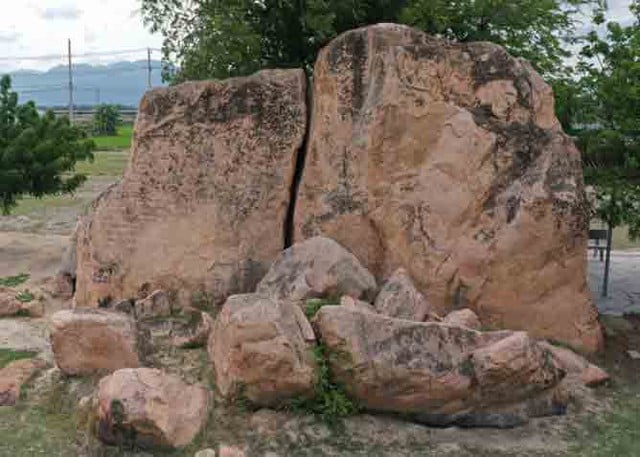
Da Ne Inscription (Ninh Thuan, now Khanh Hoa)
PHOTO: DO GIANG
Inscriptions from the 8th-9th centuries, the Virapura period, reveal the central role of Panduranga in the Champa political system through records of successive kings. However, the exact location of the Virapura capital cannot yet be definitively determined. Based on surveys conducted in 2022 and 2025, the research team from the Institute of Citadel Studies has initially identified the Virapura capital as being located around the Bau Lau mound (Po Sah in Cham), southwest of Phan Rang-Thap Cham city, and north of the present-day Bau Truc village. Researchers also found numerous traces of ancient architecture and Chinese pottery in this area.
Information presented at the workshop also indicated that research on Champa cultural heritage in Ninh Thuan and Binh Thuan provinces has so far been largely lacking in studies on the system of temple and tower ruins. Recent research has focused primarily on typical Champa relics and artifacts in Ninh Thuan, with few studies or discoveries on relics and artifacts in Binh Thuan. Therefore, archaeologists hope to intensify research on the system of Champa archaeological sites in Ninh Thuan and Binh Thuan to gain a deeper understanding of the Panduranga kingdom in history.
Associate Professor Bui Minh Tri, former Director of the Institute of Imperial City Research, stated that a plan is needed to continue researching and preserving Cham cultural heritage. "Some immediate tasks could include digitizing, documenting, and preserving the heritage in digital form, serving long-term research goals," said Professor Tri.
Meanwhile, Dr. Ha Van Can, Director of the Institute of Archaeology, proposed further research activities such as surveying and excavating several important sites, such as the Song Luy citadel. Dr. Can also suggested a plan to simultaneously gather and study the Champa inscriptions currently stored in several major libraries of the Institute of Han Nom Studies and the Institute of Social Sciences Information.
Source: https://thanhnien.vn/bi-mat-moi-cua-bao-vat-quoc-gia-va-khu-den-thap-champa-18525102621544041.htm




![[Photo] Prime Minister Pham Minh Chinh holds a phone call with the CEO of Russia's Rosatom Corporation.](/_next/image?url=https%3A%2F%2Fvphoto.vietnam.vn%2Fthumb%2F1200x675%2Fvietnam%2Fresource%2FIMAGE%2F2025%2F12%2F11%2F1765464552365_dsc-5295-jpg.webp&w=3840&q=75)



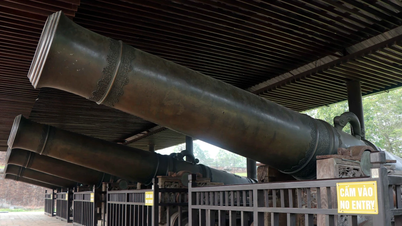

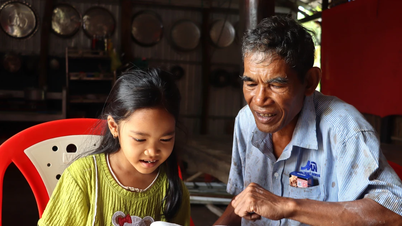



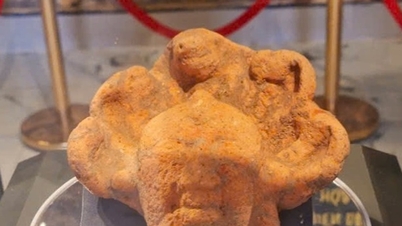

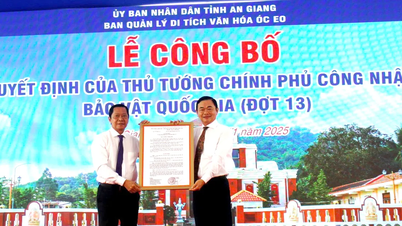

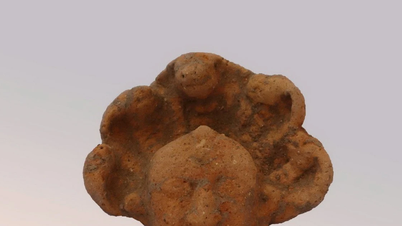
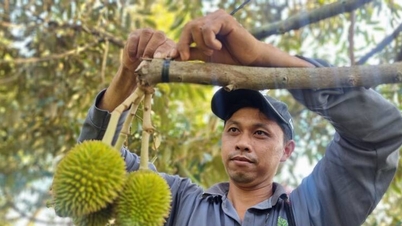

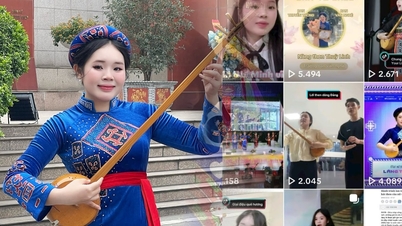













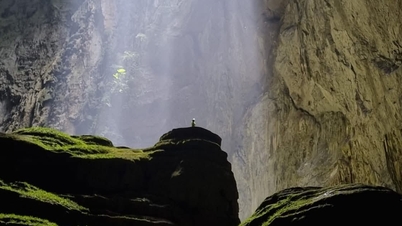


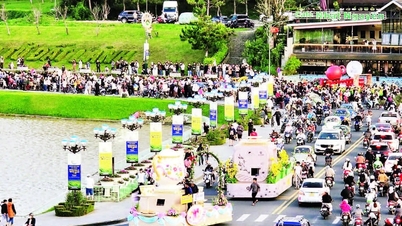

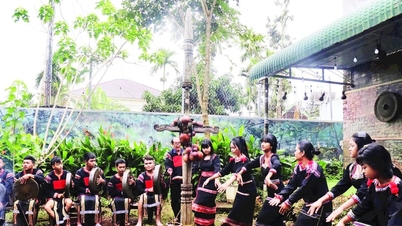
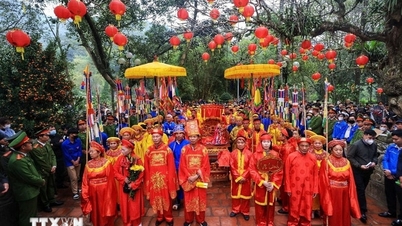



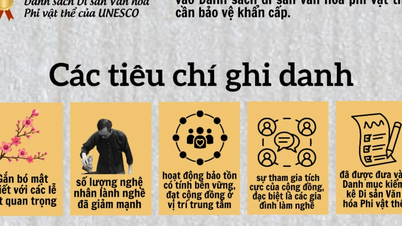




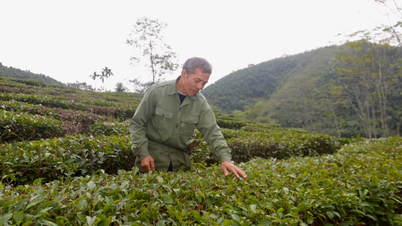







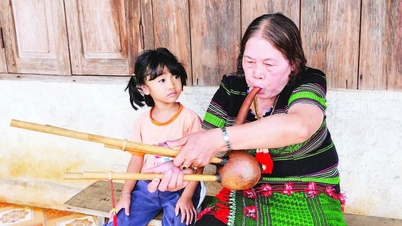



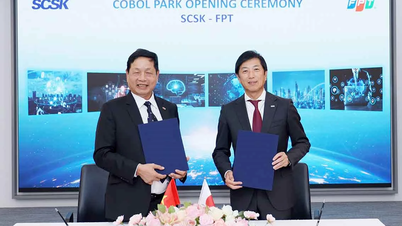















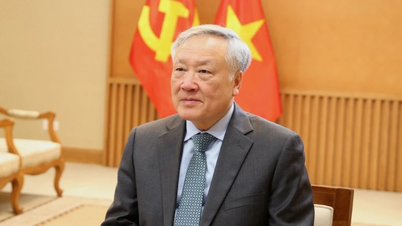




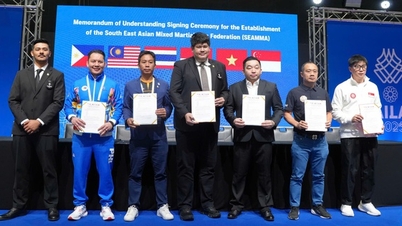

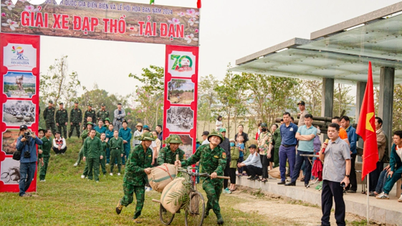



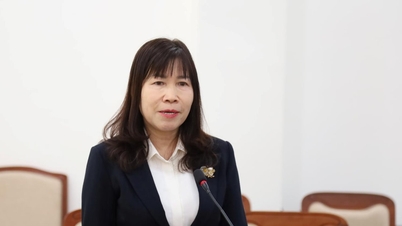
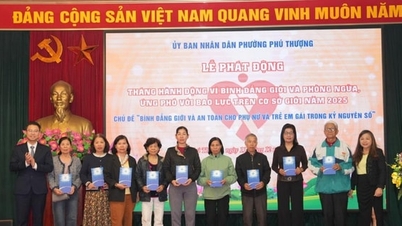


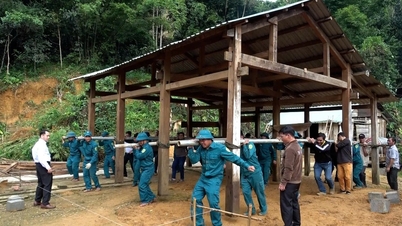
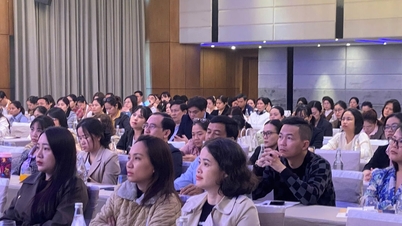














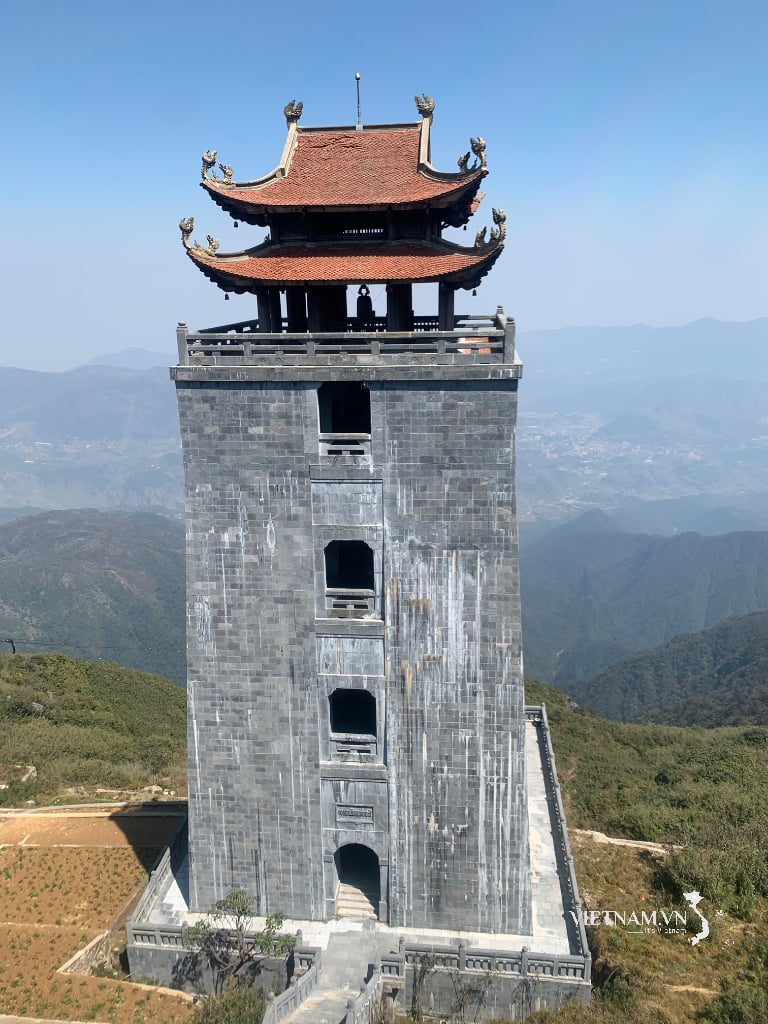
Comment (0)